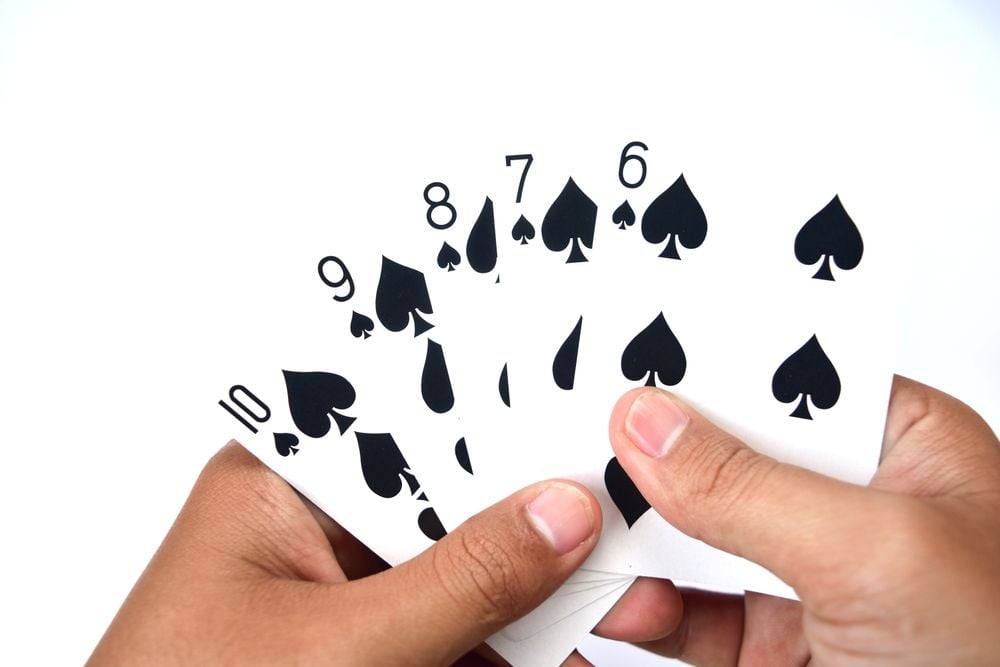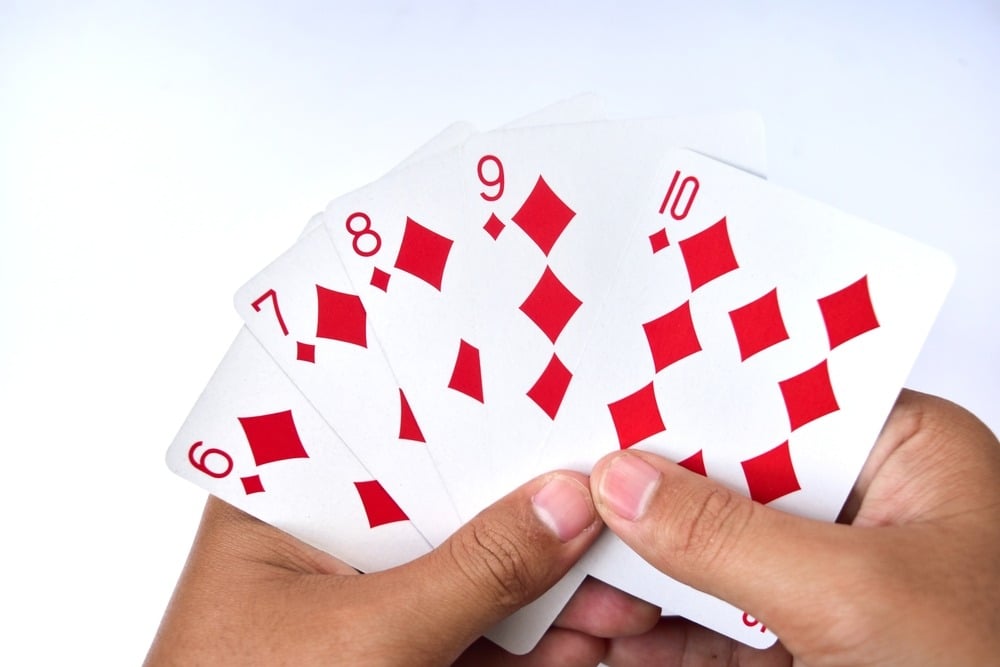Understanding the Flush Draw in Poker: Essential Strategies and Odds

Introduction to Flush Draws in Poker
A flush draw is a familiar scenario for poker players and an important concept for anyone seeking to improve at the game. A flush draw arises when you have four cards of the same suit and are just one card away from completing a flush-one of the stronger hands in Texas Hold’em and other poker variants. Understanding how to play flush draws can dramatically influence your decision-making, risk assessment, and potential winnings.
Key points to consider about flush draws include:
- A flush draw is the situation where you’re missing just one card of a matching suit to complete a flush.
- Mastering the odds and knowing when to play a flush draw are crucial for successful poker strategy.
- Flush draws come in different forms, such as the “nut flush draw” (involving the highest possible card of that suit) and lesser flush draws.
- Whether to bet, call, or fold with a flush draw depends on factors like table position, pot odds, stack sizes, and your understanding of your opponents’ tendencies.
- The excitement of chasing a flush draw is tempered by mathematics-probabilities matter more than hunches.
Flush Draws vs. Flushes: A Practical Explanation
Every poker player dreams of landing a flush, and especially the rare “royal flush.” While many have heard of this famed poker combination, few ever complete it in real play. The heart of flush draw strategy is understanding not just the dream of making a flush, but the reality of its probability.

Image credit: Kitreel/Shutterstock
In Texas Hold’em, a flush is five cards of the same suit-for example, you hold two spades and three more appear among the community cards. A flush draw means you have four of a suit and are hoping to land the fifth on the next card(s).
Types of Flush Draws in Poker
To maximize your edge, it’s important to recognize the different varieties of flush draws:
- Nut Flush Draw: This is the highest possible flush, usually including the ace in the flush suit. Holding the nut flush draw means your completed flush cannot be beaten by any other flush. For example, if you hold A♣ and 2♣ on a board with more clubs, you’re aiming for the nut flush.
- Occasionally, the nut flush can even be a straight flush if the cards are both consecutive and suited, such as 2♣-3♣-4♣-5♣-6♣.
- The “second nut flush” is the next best-typically when someone else holds a lower top card in the same suit.
- Runner-Runner or Backdoor Flush Draw: This type refers to holding two suited cards on the flop, but needing both the turn and river to be of the same suit to complete a flush. It’s an unlikely development, but can surprise opponents when it hits.
Identifying Flush Draw Scenarios and Calculating Your Chances
There are typically three phases where flush draws emerge:
Before the Flop: The Value of Suited Starting Hands
Being dealt two suited cards naturally increases the potential for making a flush, but this edge is smaller than many realize. Having suited cards enhances your hand’s value by only about 2-3%. It’s a common pitfall among beginners to play hands simply because they’re suited, neglecting overall hand strength. A hand like K♦7♦ may look promising at first glance, but overvaluing suitedness can lead to costly mistakes and losses in the long run.
On the Flop: Prime Time for a Flush Draw
The flop represents your greatest opportunity to form a flush draw. You might occasionally “flop” a flush-hit all required cards at once-but this occurs only about once in every 118 hands. Far more frequently, players will find themselves with four cards to a flush after the flop.
When you have a flush draw on the flop, the odds of completing your flush by the river (with two cards to come) are roughly 36%. Knowing this, you must assess whether the potential reward justifies the risk of chasing your draw. If the pot is large or the bets are small relative to what you could win, pursuing the flush can be a mathematically sound decision.
On the Turn: Crunch Time for Your Draw
Suppose you reach the turn and are still one card short of a flush. At this point, your chances drop sharply-only about an 18% probability of hitting the flush on the river remains. If calls are expensive or the pot is small, prudence often dictates folding to avoid overcommitting to a long shot.
Backdoor (Runner-Runner) Flush Draws: The Long Shot
A backdoor flush needs perfect cards on both the turn and river, making it an extreme long shot-about a 4% chance. Typically, these draws only merit consideration if you have additional outs or ways to improve your hand.

Image credit: Kitreel/Shutterstock
Strategic Decisions: How to Play Your Flush Draw
Once you understand the odds, you can refine your strategic approach when holding a flush draw. Here are practical tips for making optimal decisions:
- Be selective with your starting hands: Don’t play mediocre hands solely because they’re suited. Suitedness is a minor bonus, not a reason in itself to get involved.
- Consider the pot odds: Only continue chasing a flush draw if the ratio between the pot size and the bet you must call makes the risk worthwhile. If you only complete your hand 36% of the time, ensure your potential winnings align with that risk.
- Take advantage of position: When acting last (“in position”), you can see how other players act first and sometimes get a free chance to improve your hand.
- Use bluffing as a weapon: Even if you miss your draw, a well-timed bluff can force opponents to fold better hands, letting you win without showdown.
- Apply pressure to others: If you sense an opponent is drawing to a flush, betting aggressively can push them out or force them to pay a high price to see more cards.

Image credit: Kitreel/Shutterstock
Conclusion: Mastering Flush Draw Play for Better Results
Flush draws can be exciting opportunities, but their value is often overestimated by new players. The key to long-term success is understanding precisely which hands are worth playing, how often your flush draw will come in, and when to fold. While sometimes the risk pays off-such as when the potential reward is huge or the price to stay is minimal-discipline remains your most important asset.
To improve your win rate and decision-making, remember:
- Play strong starting hands; don’t rely on suitedness alone.
- Chase flush draws only when the mathematical odds and pot size justify it.
- Use position and strategic betting to extract maximum advantage, both when chasing and when protecting against flush draws.
- Never be afraid to lay down your cards if the cost outweighs the potential gain.
Poker is as much about making smart, calculated choices as it is about taking risks. Knowing how and when to pursue a flush draw-armed with strategic understanding-can give you an edge that translates into consistent poker success.













